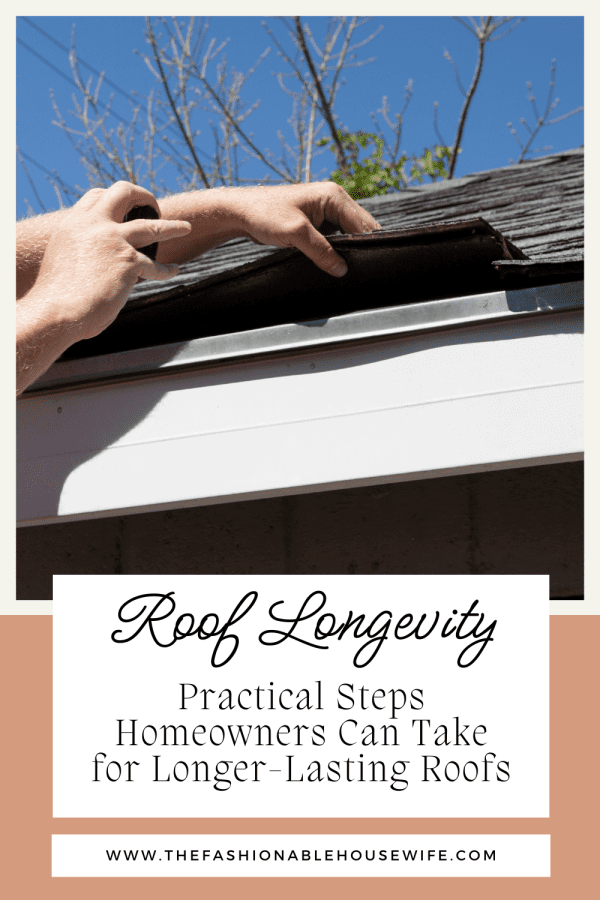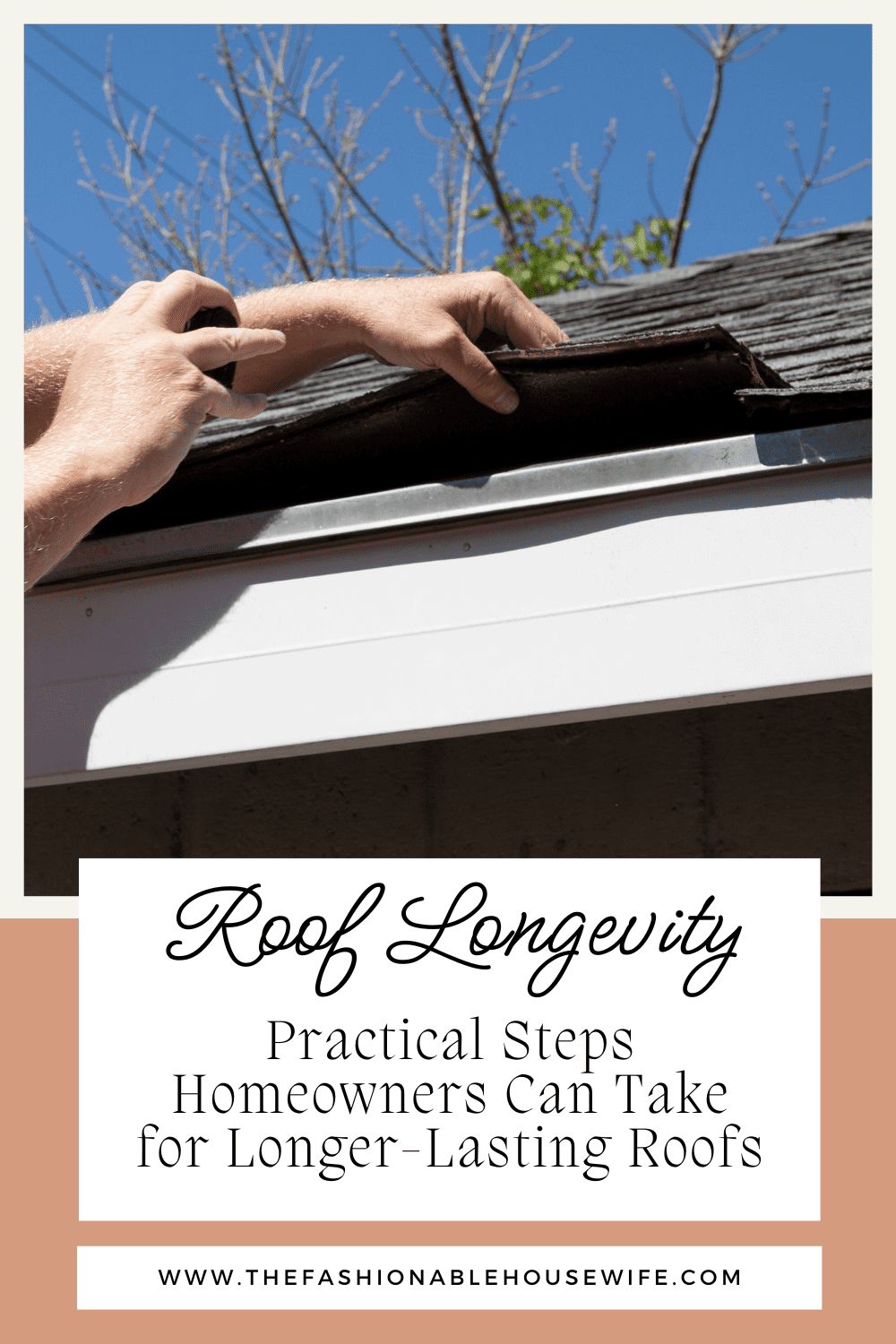Roof Longevity: Practical Steps Homeowners Can Take for Longer-Lasting Roofs

Key Takeaways
- Regular maintenance and routine inspections directly impact how long a roof lasts.
- Quick attention to minor issues can save homeowners from expensive, large-scale repairs.
- Material choice greatly influences roof durability and performance over the years.
- Understanding local weather effects and preventive habits reduces the risk of early roof failure.
- A proactive approach to roof care lowers lifetime costs and reduces homeowner stress.
Why Roof Longevity Matters for Every Homeowner
The value of a well-maintained roof can’t be overstated. Every roof is the first and most critical defense against rain, snow, wind, and the sun’s relentless UV rays. Beyond mere structure, your roof provides year-round insulation, keeps heating and cooling costs down, and maintains the overall health of your home. Without diligent care, even a new roof can suffer, leading to leaks, insulation failure, and mold growth that impact the building and your health. When these unexpected issues arise, knowing when to call an experienced roofing contractor is essential for catching and addressing problems before they balloon into full-blown emergencies.
Investing time and attention into your roof yields dividends long after installation. According to the U.S. Department of Energy, the right roof—combined with regular maintenance—reduces energy bills and improves year-round comfort. A proactive homeowner benefits from minimizing repair costs and having a more efficient, healthy, and valuable home. That’s a win every season.
Understanding Common Signs of Roof Wear
Roof problems are rarely sudden. Instead, they reveal themselves with subtle warning signs long before major leaks or structural failures occur. One of the earliest signs is the appearance of shingles that curl upwards, crack, or go missing—often a result of long-term sun exposure and wind lift. If you spot dark streaks, patches, or moss on your roof, these might indicate algae or moisture retention that slowly eats away at material integrity.
- Curled, missing, or broken shingles can point to underlying water damage or age.
- Algae growth appears as dark streaks and accelerates wear.
- Granule loss, visible in gutters, signals declining asphalt shingles.
- Marks or bubbling on interior ceilings usually mean an active leak overhead.
It’s worth noting that research from roofing industry organizations has consistently shown that waiting to address these warning signs often leads to repair costs rising by as much as 25% to 40% compared to early intervention. Developing an “eye” for these subtle clues can be invaluable for protecting one of your home’s most important investments.
The Real Impact of Weather on Roofs
Every climate comes with surprises for homeowners. In the north, freeze-and-thaw cycles force moisture into nooks and cracks, splitting and weakening roofing materials, while snowy conditions can form ice dams that cause severe leaks. In storm-prone locations, driving winds frequently dislodge shingles, and hail or wind-blown debris can bruise or puncture the roof surface. According to National Weather Service safety resources, rooftops endure immense stress after even a seemingly modest ice or snow event, sometimes carrying thousands of pounds that the structure may not be designed to handle.
After any significant weather event, it’s always prudent to do a careful visual check, looking for unusual sagging, standing water, or scattered shingles in your yard. An immediate post-storm inspection, ideally by a trusted professional, can prevent growing problems from going unnoticed, ultimately adding years of life to your roof.
Simple Maintenance Routines That Pay Off
Savvy homeowners know that a bit of prevention saves a lot of trouble. A basic maintenance routine doesn’t just protect your home—it keeps surprises at bay and stretches the life of your investment. Clearing gutters and downspouts at least twice a year helps avoid water pooling, which can cause rot and foundation damage. Trim back any branches overhanging your roof, as falling debris can scratch and gouge roofing materials, and accumulating leaves can trap moisture.
- Flush gutters each spring and autumn; check downspouts for clogs.
- Trim tree limbs so they are several feet away from the roof edges.
- Inspect for damaged or dislodged shingles and replace when necessary.
- Look for worn caulking or rusted spots on flashing and reseal or repair quickly.
- Document every bit of maintenance—an up-to-date log offers peace of mind and helps support home value when selling.
Even if you’re diligent, it’s easy to miss minor issues from the ground. Consider having a professional create a maintenance schedule if heights or time are a concern. Their trained eye often spots trouble before it escalates, saving you future anxiety and dollars.
Choosing Materials for Maximum Roof Lifespan
The roof’s material is the foundation of its durability. Each type has strengths and specific lifespans: Asphalt shingles are widely chosen for affordability and ease of installation, lasting 15 to 30 years. Metal stands out for its weather resistance and energy efficiency, enduring up to 70 years in many cases. If you’re investing in a long-term residence, clay and concrete tiles can last more than 100 years, but they demand robust structural support due to their weight.
- Asphalt Shingles: Budget-friendly, moderate lifespan, available in many styles for easy replacement.
- Metal Roofing: Resilient to wind, hail, moisture, and fire; ideal for variable climates.
- Clay/Concrete Tile: This tile has the highest longevity, natural aesthetics, and energy efficiency, but requires a well-supported roof deck.
Although premium materials may cost more initially, their extended lifespan, minimal maintenance, and efficiency rewards usually outweigh short-term savings. Researching your area’s climate patterns and matching material accordingly will go a long way toward ensuring you enjoy uninterrupted protection for decades.
How Professional Inspections Save Money
Some of the most damaging roof hazards remain invisible to the untrained eye. Moss can grow under shingles, building up moisture, while a small patch of rust on flashing might be the precursor to a significant leak. Professional roofing contractors utilize advanced technology such as thermal cameras and moisture scanners to locate these hidden threats. It’s wise to inspect your roof professionally every two or three years, sooner after a big storm or when you spot new leaks indoors.
These expert evaluations reveal whether minor fixes will suffice or if a bigger repair (or even replacement) is looming. A regular assessment routine lets you plan, creating a smoother experience and saving you thousands of dollars in emergency calls and home restoration.
When Repairs Can’t Wait
For specific roof problems, immediate action is non-negotiable. Persistent leaks, sagging rooflines, or widespread tile loss are strong signals that urgent intervention is necessary. Water damage escalates quickly, soaking insulation and leading to electrical issues or mold. Timely responses from professional contractors ensure small, isolated incidents don’t expand and require an entire roof replacement.
Acting swiftly in emergencies also means faster, less costly interventions, since the most expensive projects typically happen when roof care has been postponed. Prompt attention keeps the rest of the home secure and prevents unnecessary headaches.
Planning for Roof Replacement and Upgrades
Every roof reaches the end of its useful life. Proactive homeowners monitor aging signs and prepare for replacement before an emergency strikes. Start by marking your home’s calendar’s expected lifespan (based on material). Gather professional assessments as your roof nears this deadline. Begin budgeting a few years early so you can schedule replacement conveniently and choose the best materials for your needs.
Preparing in advance by following these roof maintenance tips lets you research energy-efficient or greener options, coordinate financing, and avoid stressful, last-minute choices. Planning also helps minimize time without a functioning roof and assures your family remains safe and comfortable year-round.
Combining timely action, the right materials, consistent maintenance, and informed inspections ensures your roof stands strong for years to come, protecting your home, wallet, and peace of mind through every season and weather.

